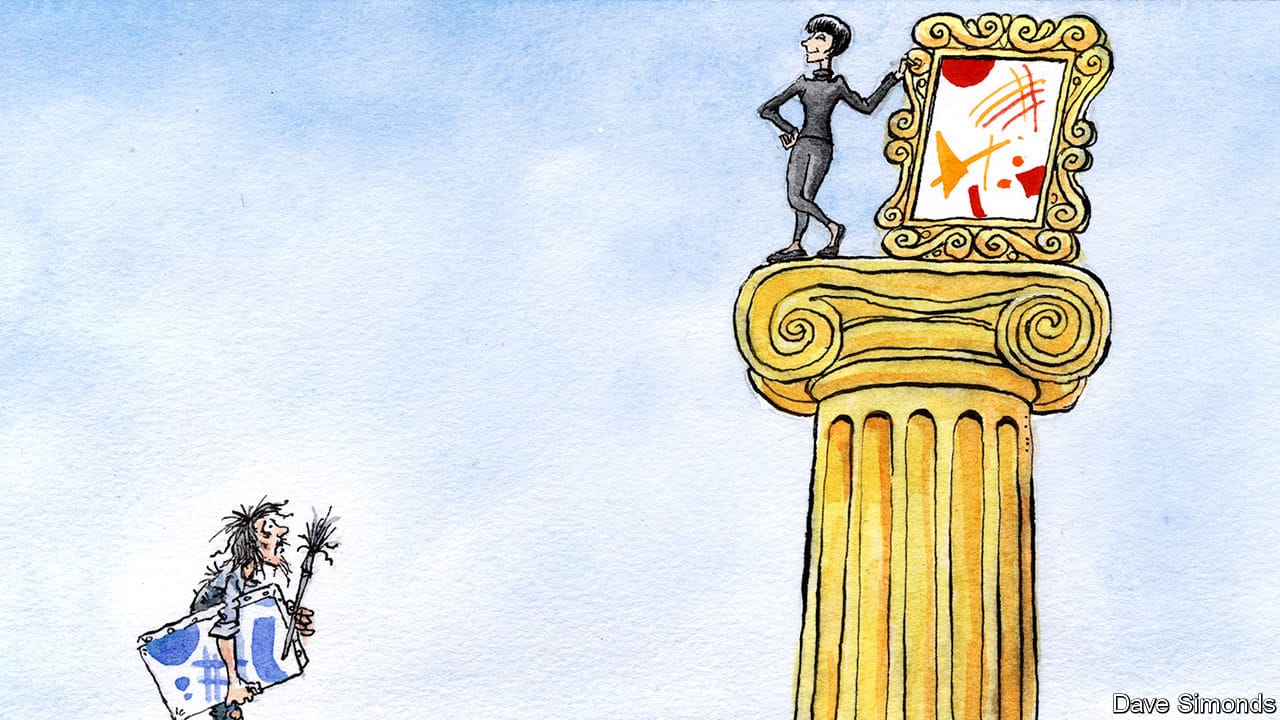- by
- 07 24, 2024
-

-
-
Loading

Loading

WELL BEGUN, half done. That proverb, ascribed to Aristotle, seems an apt description of the art market—at least it is if a study of artistic careers, published this week in , is to be believed. In this study Albert-László Barabási, a physicist at Northeastern University in Boston, and Samuel Fraiberger, a data scientist at the Harvard Institute for Quantitative Social Sciences, deconstruct almost half a million artistic careers. They conclude that for artists, professional success seems often to depend on an early endorsement by the right set of galleries.Dr Barabási and Dr Fraiberger used data from Magnus, a firm that collects information about the art market, such as auction sales and exhibitions, to build a picture of how works of art flow around the world’s thousands of galleries and museums. The researchers’ thinking was that the more places an artwork has been exhibited, the more demand there is for it—and the more successful that artwork (and its creator) might reasonably be thought to be. This, in turn, by a process of feedback, permits a map to be made showing which are the most prestigious and important art institutions in the world.